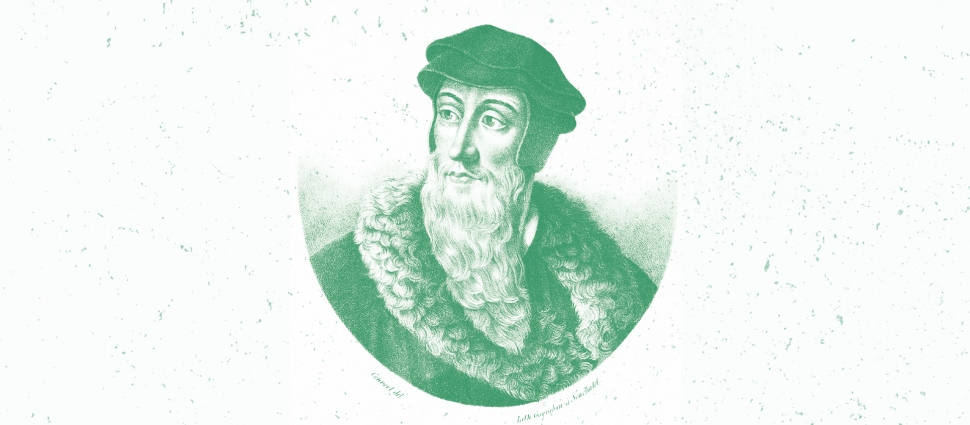Blog 32: 1.15.4 - 1.15.7

Calvin, having introduced the subject of our creation in the image of God in 1.15.3, argues that we learn what the image of God entails not only by studying man as originally created (Genesis 1-2), but by studying what Scripture says about the image of God as it is renewed in Christ. Calvin says: "a full definition of 'image' . . . can be nowhere better recognized than from the restoration of his corrupted nature" (1.15.4, Battles)
It should be noted that Calvin uses the terms regeneration and renewal here a little more broadly than do modern Reformed systematics. The Shorter Catechism, however, perfectly mirrors Calvin's statements in 1.15.4 on the image (Q. 10. How did God create man? A. God created man male and female, after his own image, in knowledge, righteousness and holiness, with dominion over the creatures).
Calvin continues to hammer on Andreas Osiander (1.15.4), a Germn Lutheran theologian, who was also criticized by Calvin's Lutheran friend Philip Melancthon. Calvin also rejects Augustine's speculation on the soul's reflection of the trinity, then takes aim at the Manicheans (1.15.5, their idea that the soul is derived from God's substance), Servetus (his resurrection of the old Manichaean error), and "the philosophers" (1.15.6, praising only Plato) in their views on the powers and faculties of the soul. While conceding that the philosophers may indeed say some true and helpful things about the soul, the main thing that Calvin wants to assert is that "the human soul consists of two faculties, understanding and will" (1.15.7).




